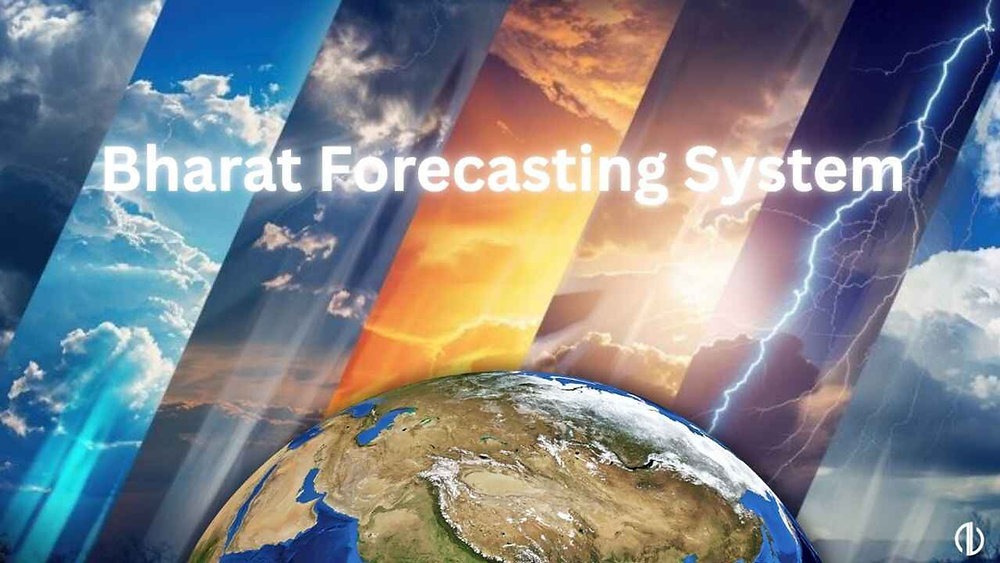
Follow WOWNEWS 24x7 on:
Updated: June 28, 2025 15:19

In a landmark stride toward climate resilience and scientific self-reliance, India has launched the Bharat Forecasting System (BFS)—the world’s highest-resolution weather prediction model. Developed by the Indian Institute of Tropical Meteorology (IITM), Pune, and powered by the supercomputer Arka, this hyperlocal forecasting tool is designed to deliver village-level weather insights with unmatched speed and precision. The system was officially unveiled on May 26, 2025, by the Ministry of Earth Sciences in New Delhi.
Here’s a deep dive into what makes BFS a game-changer for India’s weather intelligence and disaster preparedness.
Key Features That Set BFS Apart
- Operates on a 6 km x 6 km grid, the highest spatial resolution globally for weather models
- Delivers forecasts up to the panchayat level, covering India’s diverse topography and microclimates
- Uses real-time data from over 40 Doppler Weather Radars, with plans to expand to 100
- Processes simulations within 4 hours using Arka’s 11.77 petaflops of computing power and 33 petabytes of storage
- Supports nowcasting capabilities, offering 2-hour forecasts for rapid-response scenarios
How It Works And Why It Matters
The Bharat Forecasting System is built on a Triangular Cubic Octahedral Grid model, enabling more accurate modeling of complex weather patterns. It replaces the older 12-km Global Forecast System (GFS) with a model that doubles the resolution and dramatically improves local relevance.
- Covers regions between 30° South and 30° North latitude, focusing on tropical zones
- Reduces forecast processing time by 60 percent compared to the previous Pratyush model
- Integrates satellite data, radar inputs, and ground observations for real-time accuracy
Transformative Impact Across Sectors
The BFS is expected to revolutionize multiple sectors by offering timely, granular forecasts:
- Disaster management: Enables faster evacuation and flood alerts, especially in cyclone-prone regions
- Agriculture: Helps farmers plan irrigation, sowing, and harvesting with precision rainfall and drought forecasts
- Public health: Provides early warnings for heatwaves and pollution spikes, aiding urban planning and healthcare response
- Water resource management: Supports efficient reservoir operations and irrigation scheduling
- Food inflation control: Reduces crop losses, helping stabilize food prices and supply chains
Strategic Significance And National Vision
The launch of BFS aligns with India’s broader goals under Atmanirbhar Bharat and Make in India. It positions the country as a global leader in meteorological science and climate technology.
- Reinforces India’s status as the world’s fourth-largest economy with cutting-edge scientific infrastructure
- Demonstrates indigenous innovation in high-performance computing and environmental modeling
- Enhances India’s credibility in global climate negotiations and disaster risk reduction forums
What Comes Next
- Expansion of radar coverage and integration with mobile-based alert systems
- Collaboration with state governments to train local authorities in interpreting hyperlocal forecasts
- Development of sector-specific dashboards for agriculture, urban planning, and emergency services
- Potential export of the BFS model to other tropical nations seeking similar forecasting capabilities
With the Bharat Forecasting System, India has not only raised the bar for weather prediction but also laid the foundation for a more climate-resilient and data-driven future.
Sources: InsightsonIndia, The IAS Hub, The Daily Jagran, Jagran Josh, Ministry of Earth Sciences India




